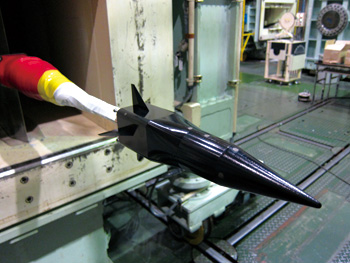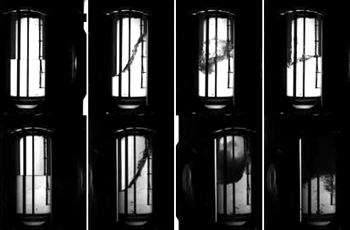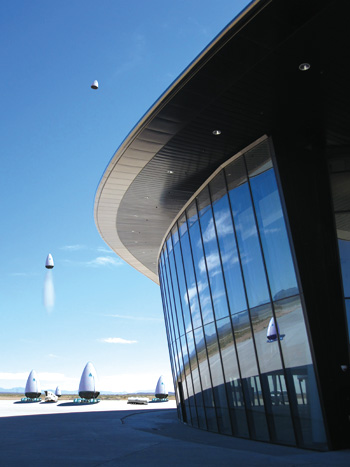TOP > Report & Column > The Forefront of Space Science > 2013 > A Reusable Sounding Rocket to Innovate Sounding Rocket Experiments
![]()

Future space-transportation systems and contribution to the hydrogen society I believe that the ultimate goal for future space-transportation systems is frequent access to space. This will be realized by developing a single-stage-to-orbit (SSTO) vehicle, i.e., a single-stage to carry passengers and cargo to earth orbit, and by operating it every day or multiple times a day. An indispensable element to realize this is a high-performance propulsion system based on liquid hydrogen and liquid oxygen. The acquisition of technologies to handle cryogenic liquid propellant for reusable rocket systems is vital for building future space-transportation systems. The realization of reusable sounding vehicles will open the way to the acquisition of these indispensable technologies common to future high-performance, space-transportation systems. In addition, producing a reusable space system and putting it into practical use as a sounding rocket will help global society understand the merit of reuse,Ewhich encourages our research towards the next step. The study of hydrogen-propelled rockets has many issues that can be shared with global energy and environmental efforts. A clean energy cycle and production/storage/safeguard of hydrogen are all related to building an infrastructure for the hydrogen energy society. R&D of the reusable sounding vehicle leads to the solution of hydrogen technological issues. I believe that, through the technological innovations brought by handling hydrogen under the extreme environment of a rocket, and the spinning off of these innovations into building an infrastructure for the hydrogen-energy society, we are linked to society and can contribute to its progress. 


(Satoshi NONAKA)
|
||||||||||||||




